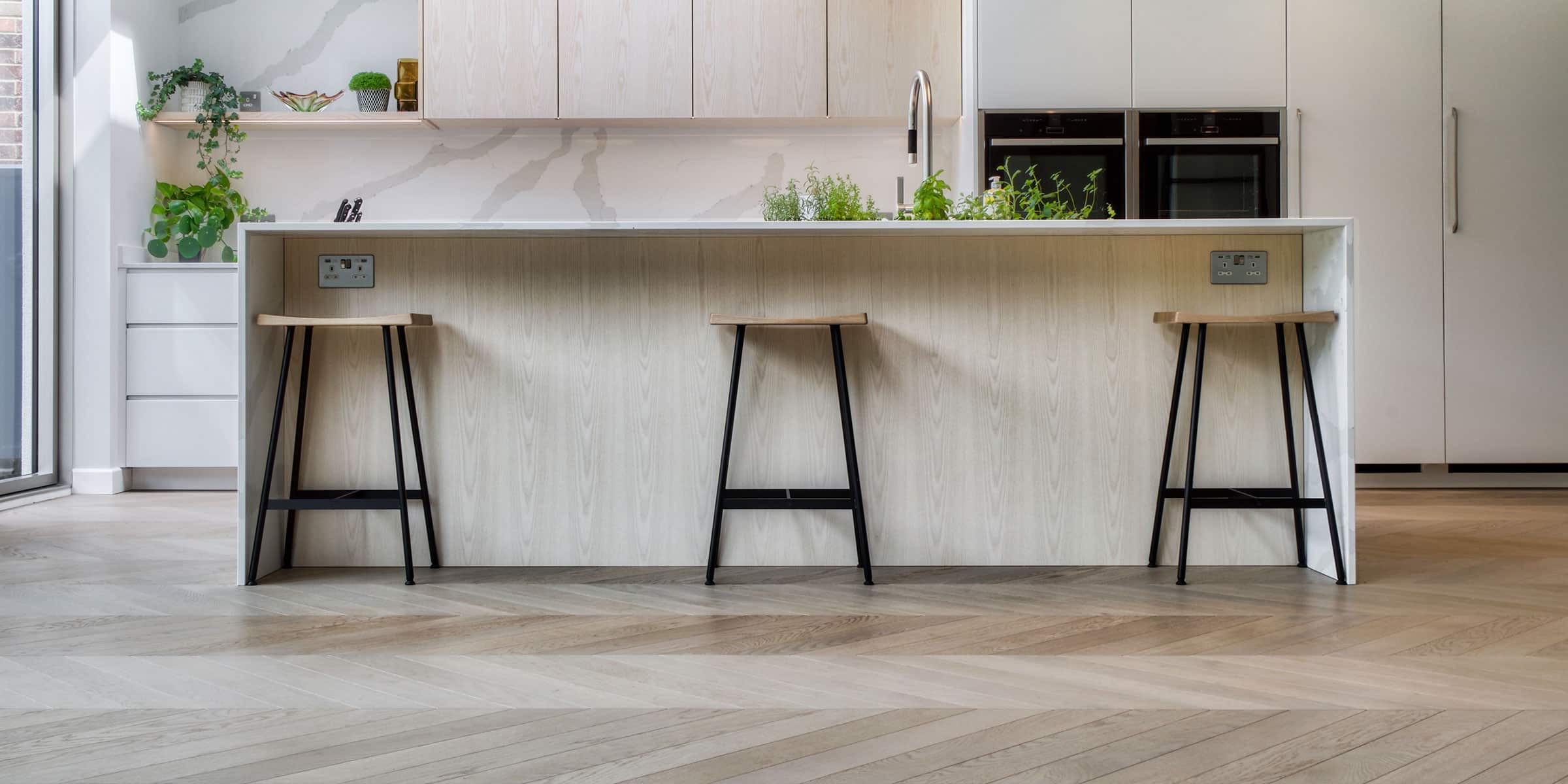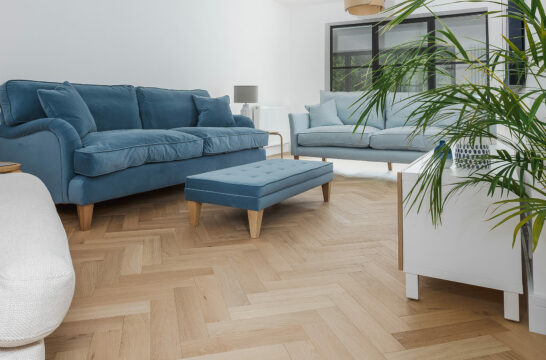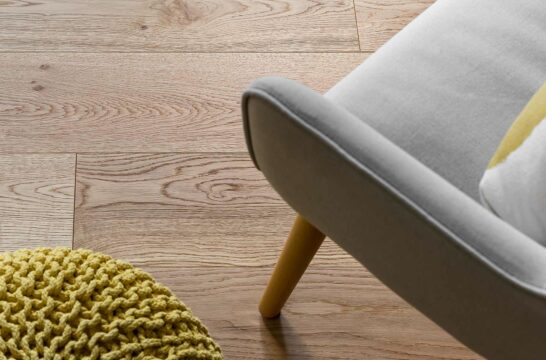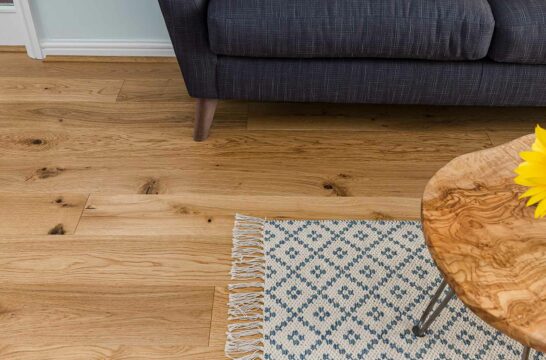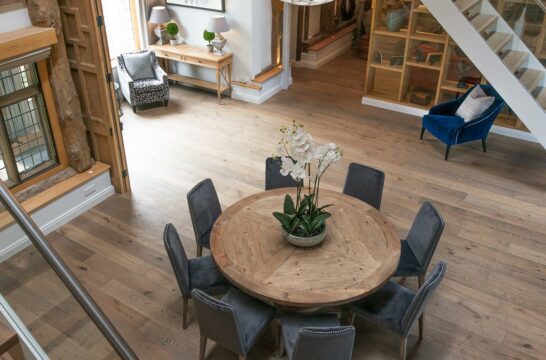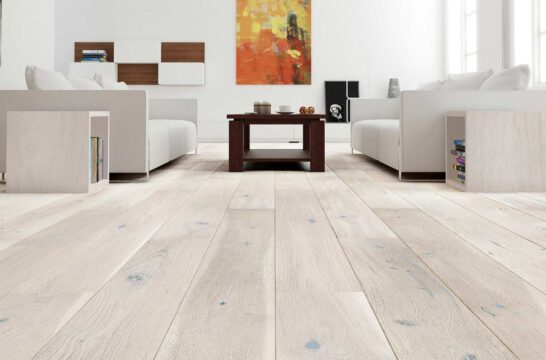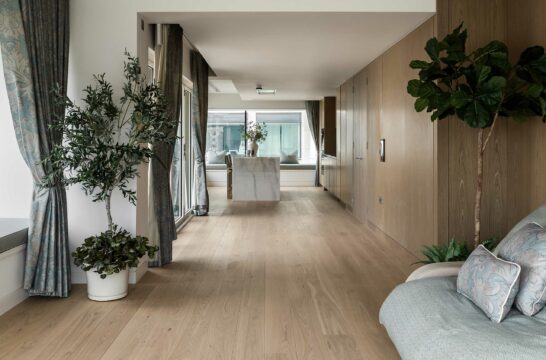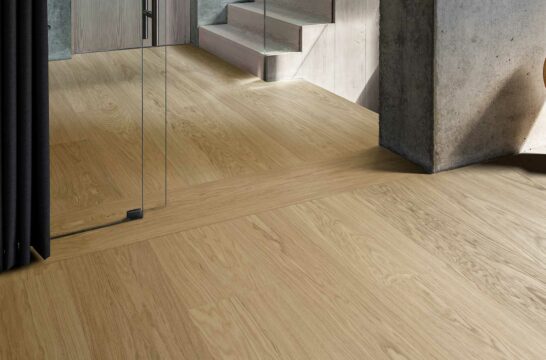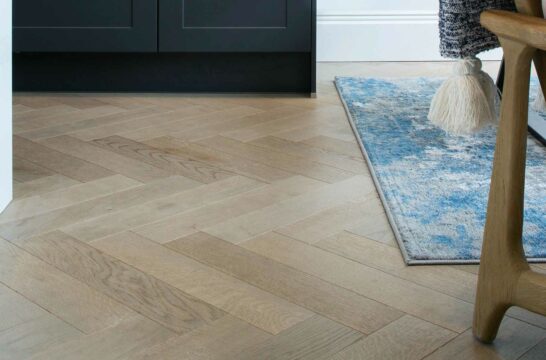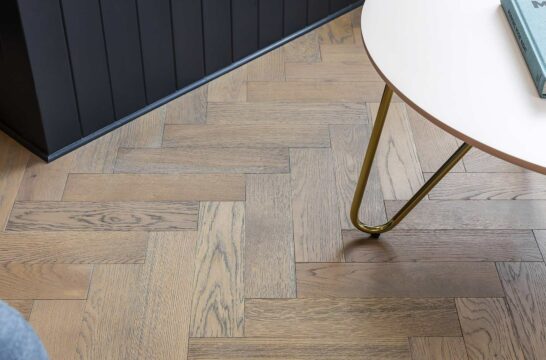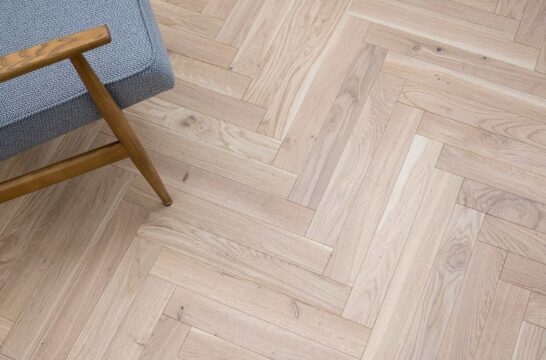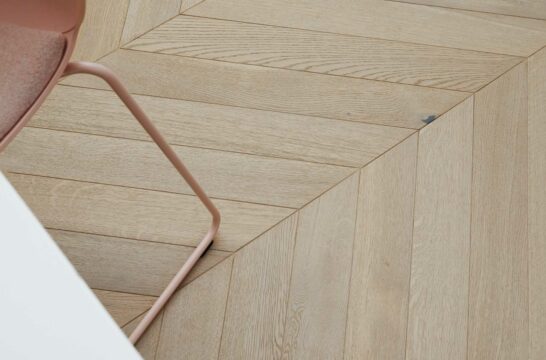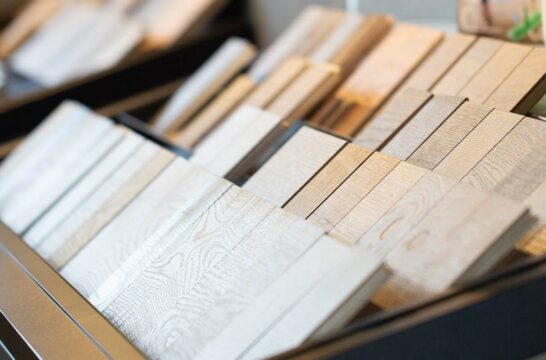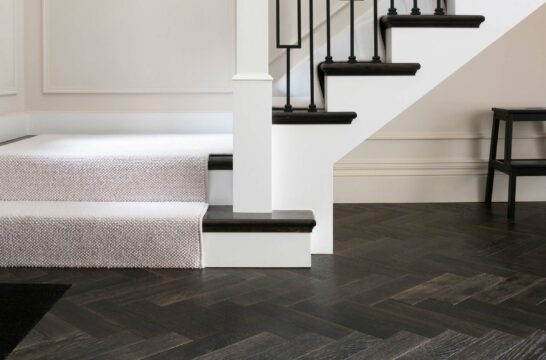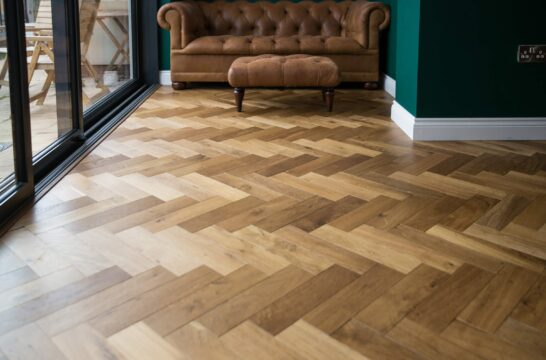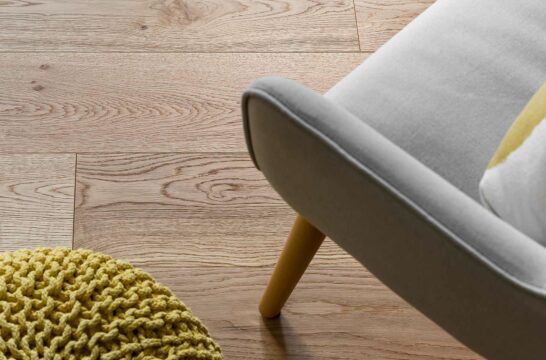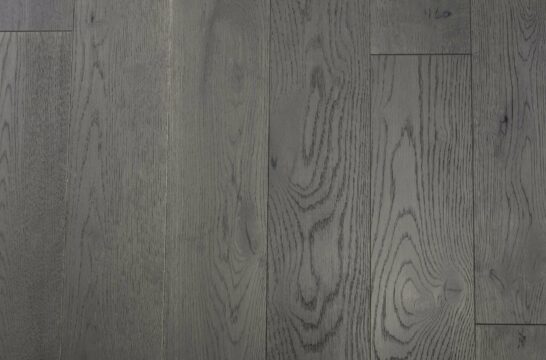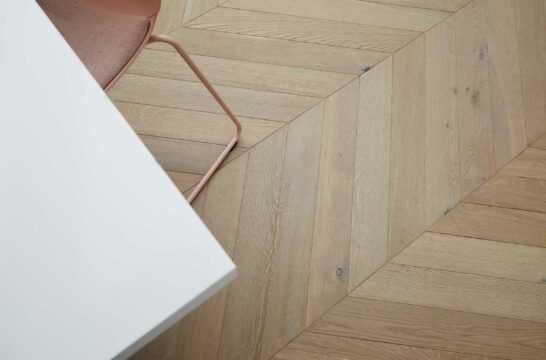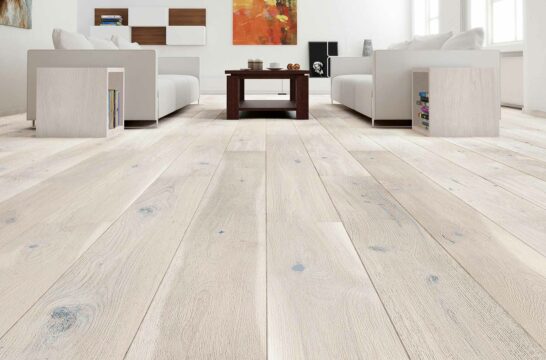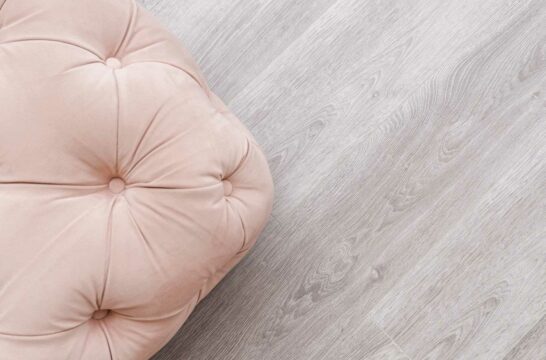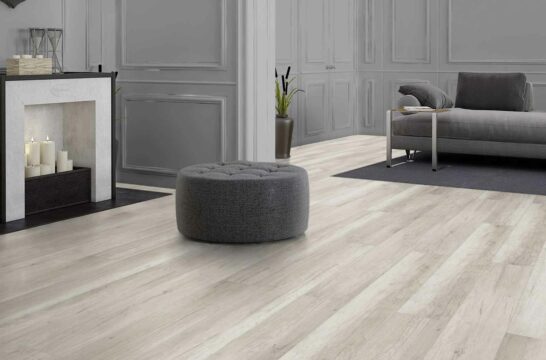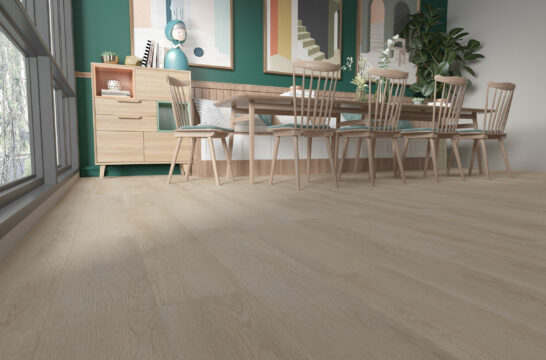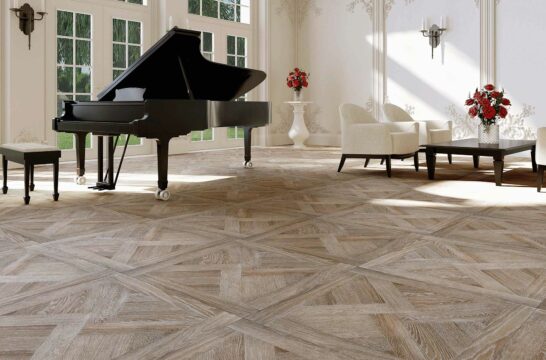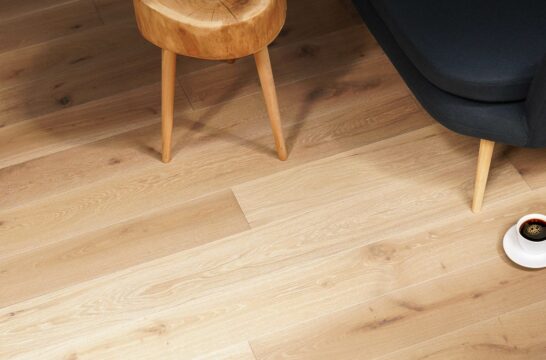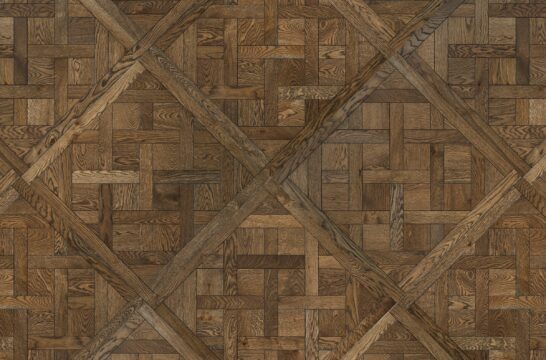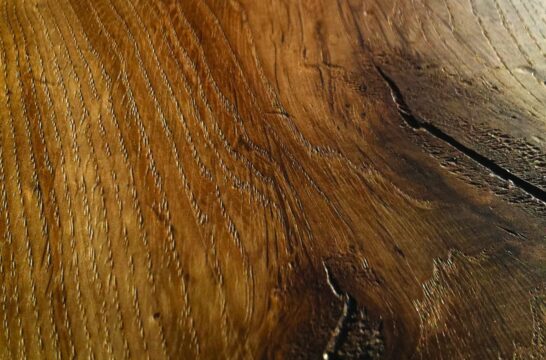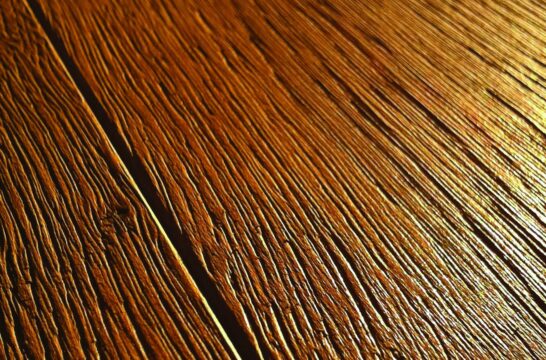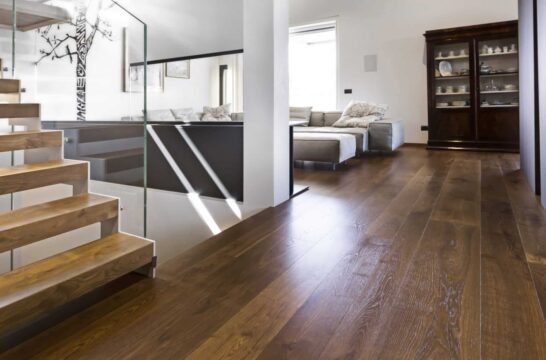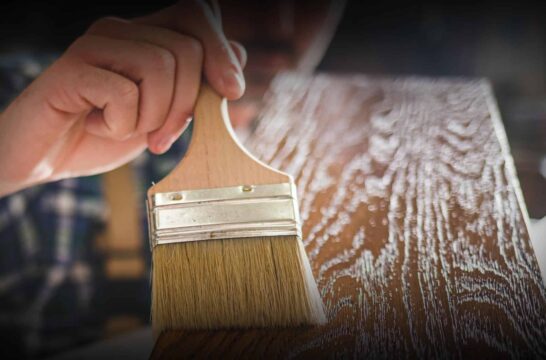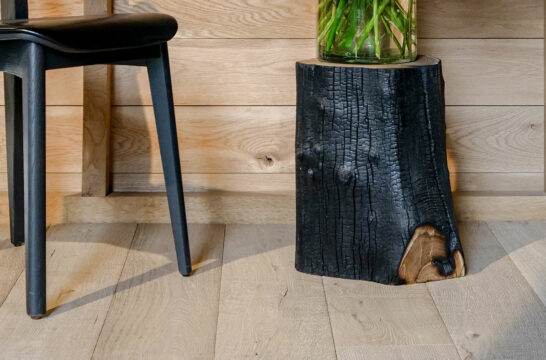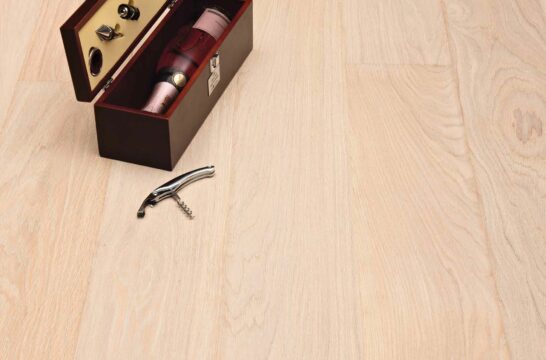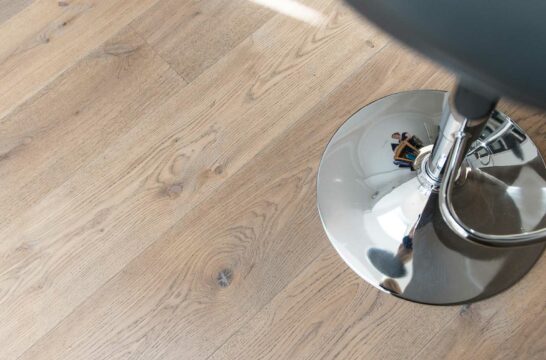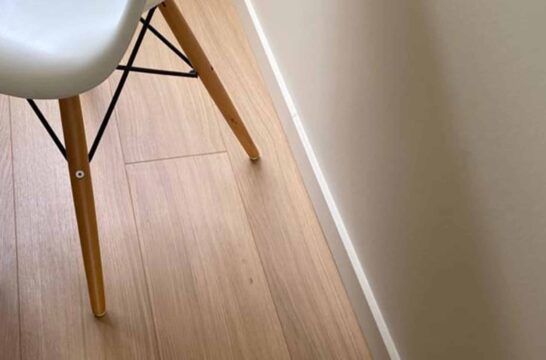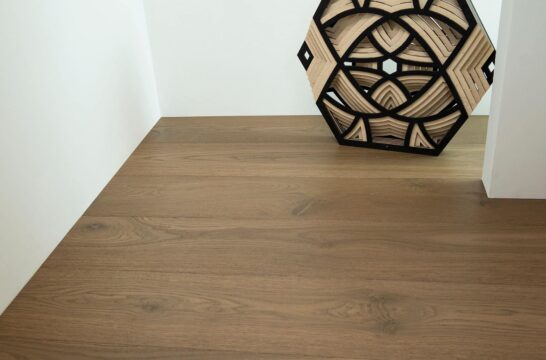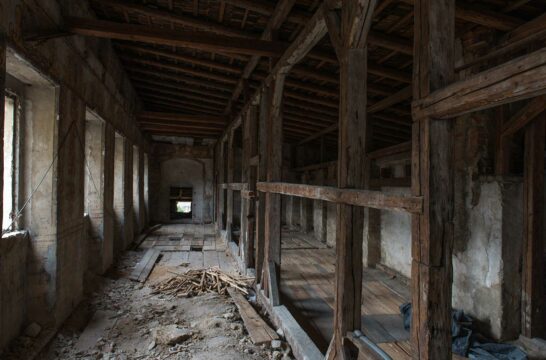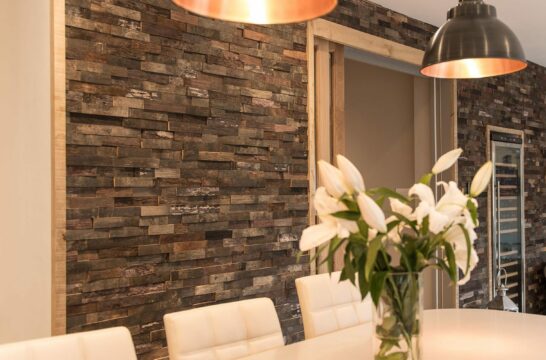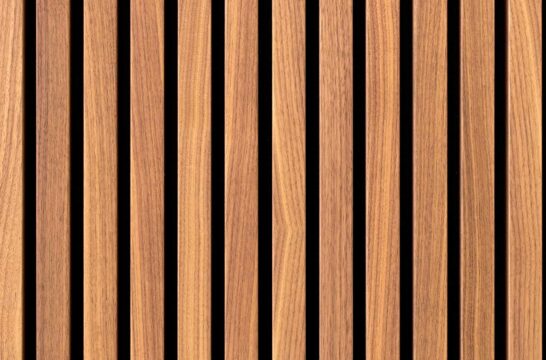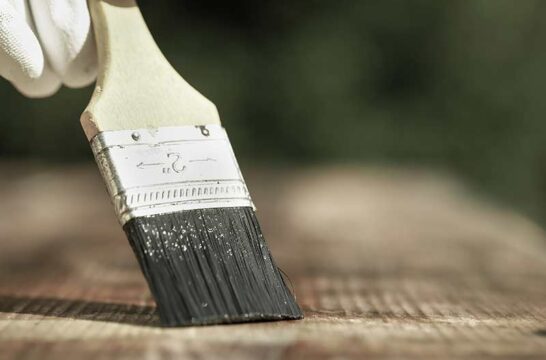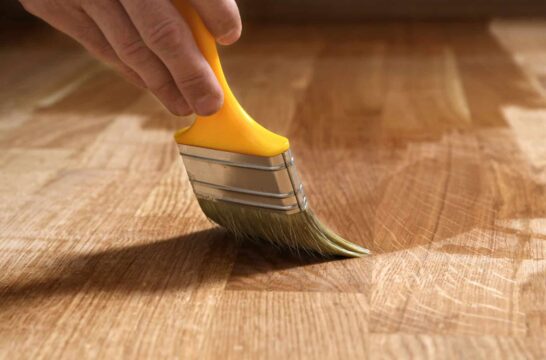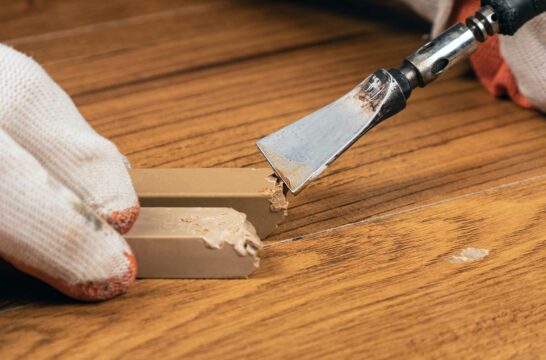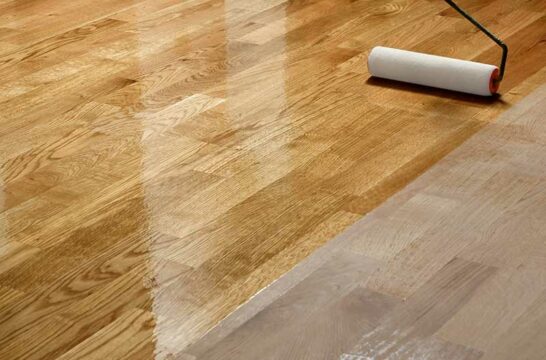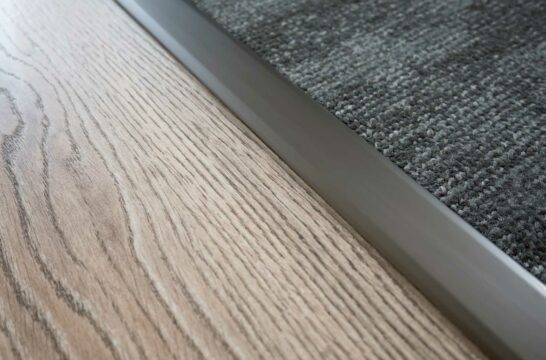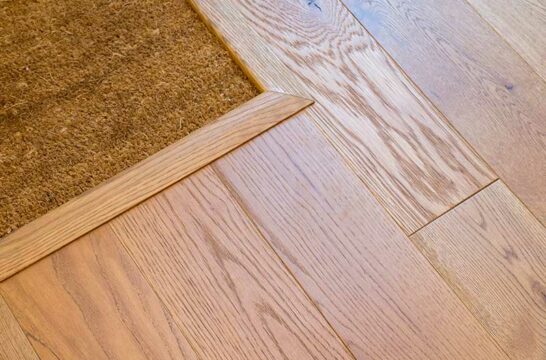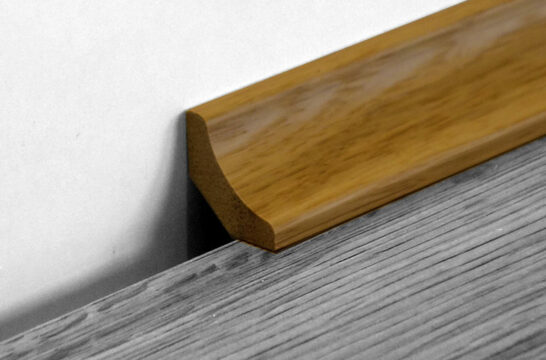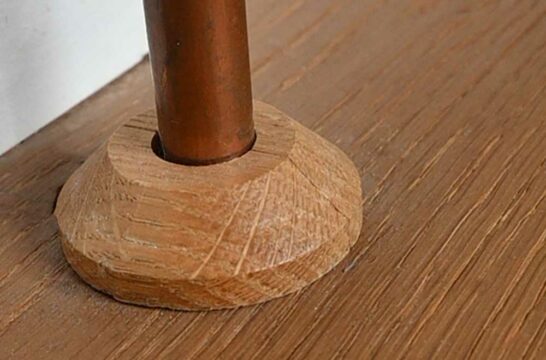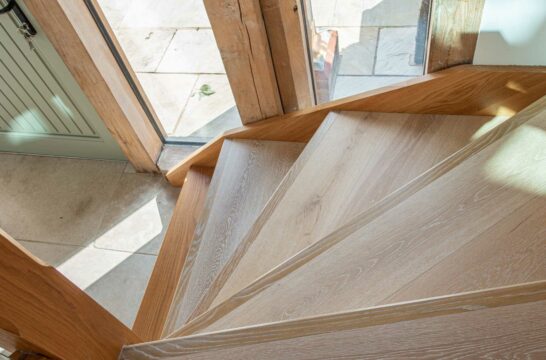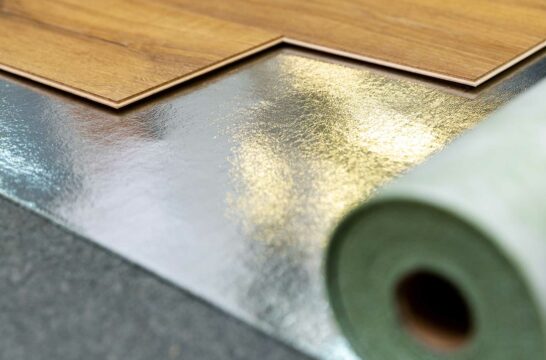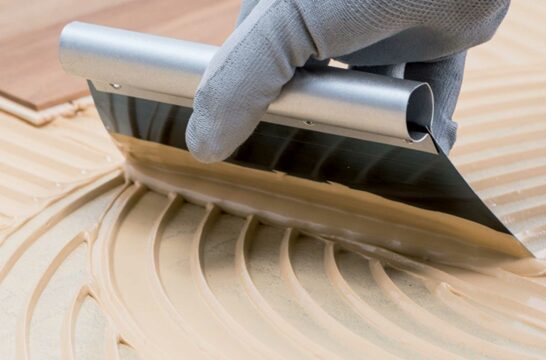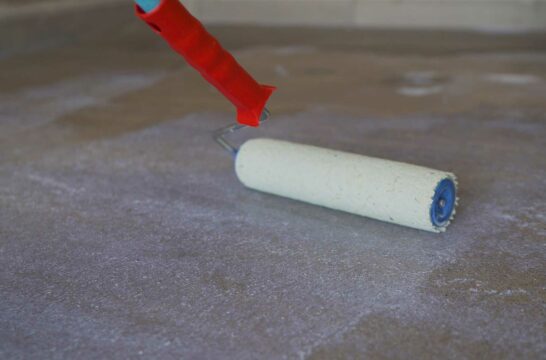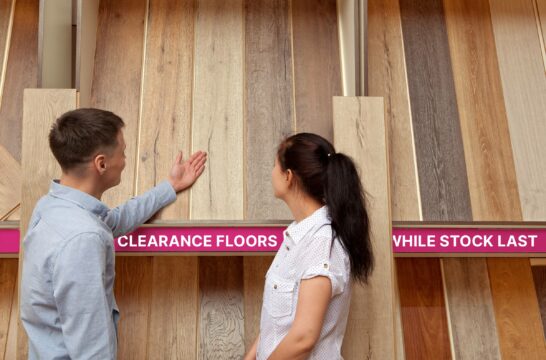Selecting A Wooden Floor: What’s Right For You? V4 Flooring
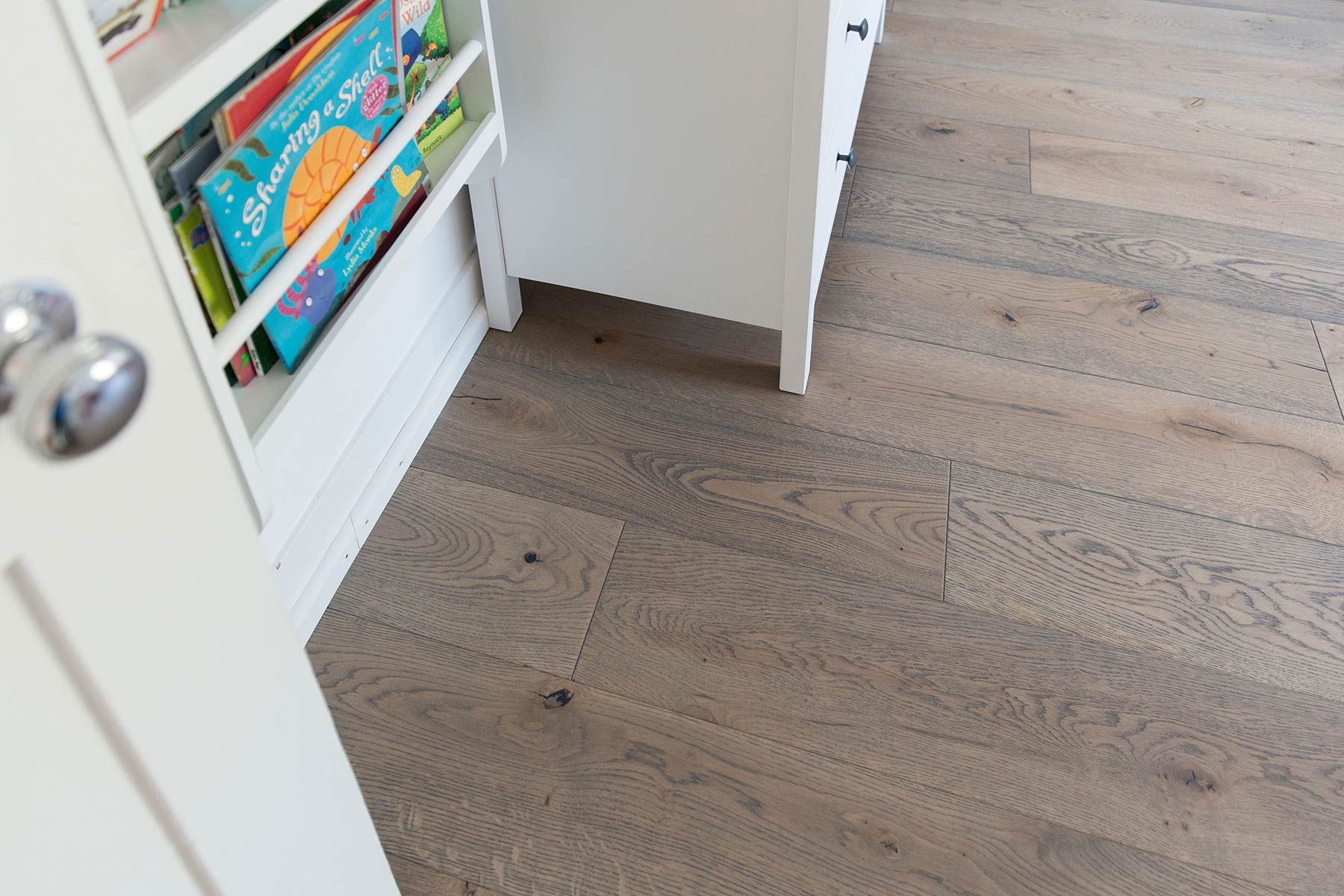
When it comes to selecting a wooden floor for use within your property it can seem a daunting proposal. So many questions can arise seemingly out of nowhere. These questions can range from what wood type to select, what sheen will best complement the rooms existing décor and which surface will prove most durable over the years to come? V4 Flooring understand that selecting a wooden floor is not always straight forward, due to this we have created a four stage selection process which enables you to easily and effectively identify the wooden floor which matches your requirements and personal tastes.
Selecting A Wooden Floor: Four Easy Steps
1. Choose the right floor for you:
The first stage in selecting a wooden floor is to decide which material you wish to use. When selecting a floor type it is not only the aesthetic appearance which should be taken into account. There are a number of other effects which are equally if not more important, which need to be taken into account. To demonstrate it is important to know whether a particular flooring type is compatible with underfloor heating. Other factors which should be considered are whether the flooring can be resealed if necessary. This is an important factor, if for some reason the flooring needs to be brought up in order to address an unrelated plumbing or electrical problem, boards which can be resealed can be replaced once work is finished. Boards which cannot be resealed on the other hand cannot.
2. Select your preferred grading type:
Once you have selected a flooring type, it is time to consider the type of grading which most appeals. At V4 Flooring we make use of 3 tasteful grading variations. These variations include:
- AB Select/Natural Grade: This grading can feature some light sapwood around the edges of the board. In addition, boards of this grade type may feature some small sound knots and smaller filled knots both of which greatly enhance the natural effect of the grade.
- ABC Mixed Grade: This grading is popular in a number of wood types, most notably Walnut. This grade features a higher variation of grain and wood colour. In addition this grade features a greater number of sound ad filled knots than found in the AB Select/Natural grade type. With this grade type, dark streaks and a number of small, filled cracks may be present.
- CD Rustic Grade: Using more economical timber types provides greater grain and colour variation within the flooring. Flooring of this grade type tends to feature large sound knots and a greater number of filled knots than on other grade types.
3. Choose the right finish type:
A number of finish types are available on wooden flooring. Each of these have their own maintenance requirements. The three finish types which V4 Flooring use include:
- Lacquer: Under this finishing method the top layer of the wooden surface is coated with five individual layers of primer coats. Added to this are at least two additional coats of a UV cured Treffert aluminium oxide lacquer. This method produces a surface which is both hard wearing and also low maintenance.
- Natural Oil: This finish is created with up to four coats of natural WOCA oil. This oil is applied with rollers, each successive layer is buffed into the top layer of the panel. This process not only permeates the grain of the plank but also adds a matt sheen which is then left to cure. The natural oil finish produces the most natural effect of the three finish types.
- UV Oil: The process to create this effect is similar to the one used to create the natural oil finish. Where it differs however is each coat is cured using a UV light. This process produces a slight satin sheen on the surface on the panels.
4. Finally choose the optimum surface:
V4 Concrete make use of a number of different techniques, in order to provide a range of varied surface finishes. Each of these techniques produces a visually different aesthetic effect. The techniques include:
- Brushed: With this technique a steel brush is utilised in order to remove soft grain from the surface of the flooring. This technique greatly enhances the natural beauty of the woods natural grain.
- Hand Scraped: In order to be successful this technique must be undertaken by skilled and experienced craftsmen. The process involves using hand tools in order to scrape out the woods soft grain whilst following the natural contours of the wood.
- Distressed: To achieve this effect a number of techniques are used. These techniques give the wood an aged appearance. The skill of this technique is making the distressed effect look authentic and natural.
- Stained: In order to create this effect the wood panels are stained. The stain is applied with rollers, this is then buffed in order to enable the stain to penetrate the top level of the wood. The panel is then sealed with either oil or lacquer.
- Smoked: With this effect the timber is placed for three days in a drying room. The drying room is filled with ammonia vapour or “smoke” which causes the woods colour to darken.
- Carbonised: To achieve this effect the timber is baked in a kiln causing the soft grain to be consumed. This causes the wood to blacken and the grain texture becomes exposed.
